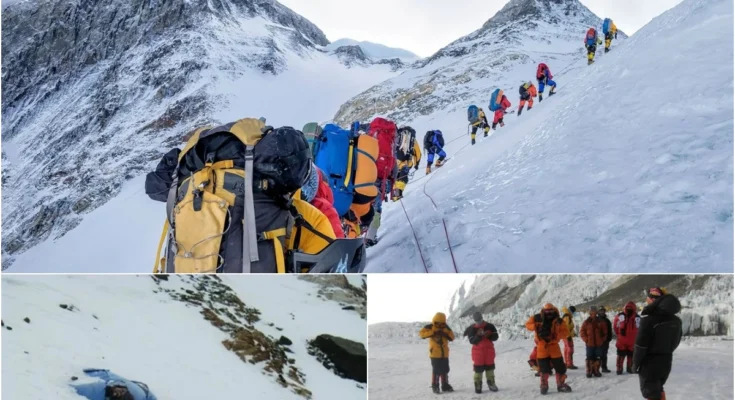Over 200 bodies rest frozen along the trails, preserved perfectly by Everest’s relentless arctic cold. Some appear as though they’ve only just fallen, their faces and gear frozen in a moment, like time has stopped just for them. These bodies, some decades old, serve as eerie mile markers for those who attempt the ascent. Climbers and Sherpas alike pass these silent figures, each one a haunting reminder of the risks that come with venturing into this unforgiving realm.
As always, viewer discretion is advised.
—————————————————————
Thanks for watching! Tell me in the comments what kind of stories you’d like to be covered on the channel.
If you’ve been enjoying my work and would like to help support the channel, I’d really appreciate it! You can easily show your support by checking out
Climate change is melting the ice on Mount Everest, revealing a grim sight: the bodies of hundreds of climbers who perished while trying to reach the summit. For many, the dream of conquering the world’s highest peak turned into a permanent resting place.
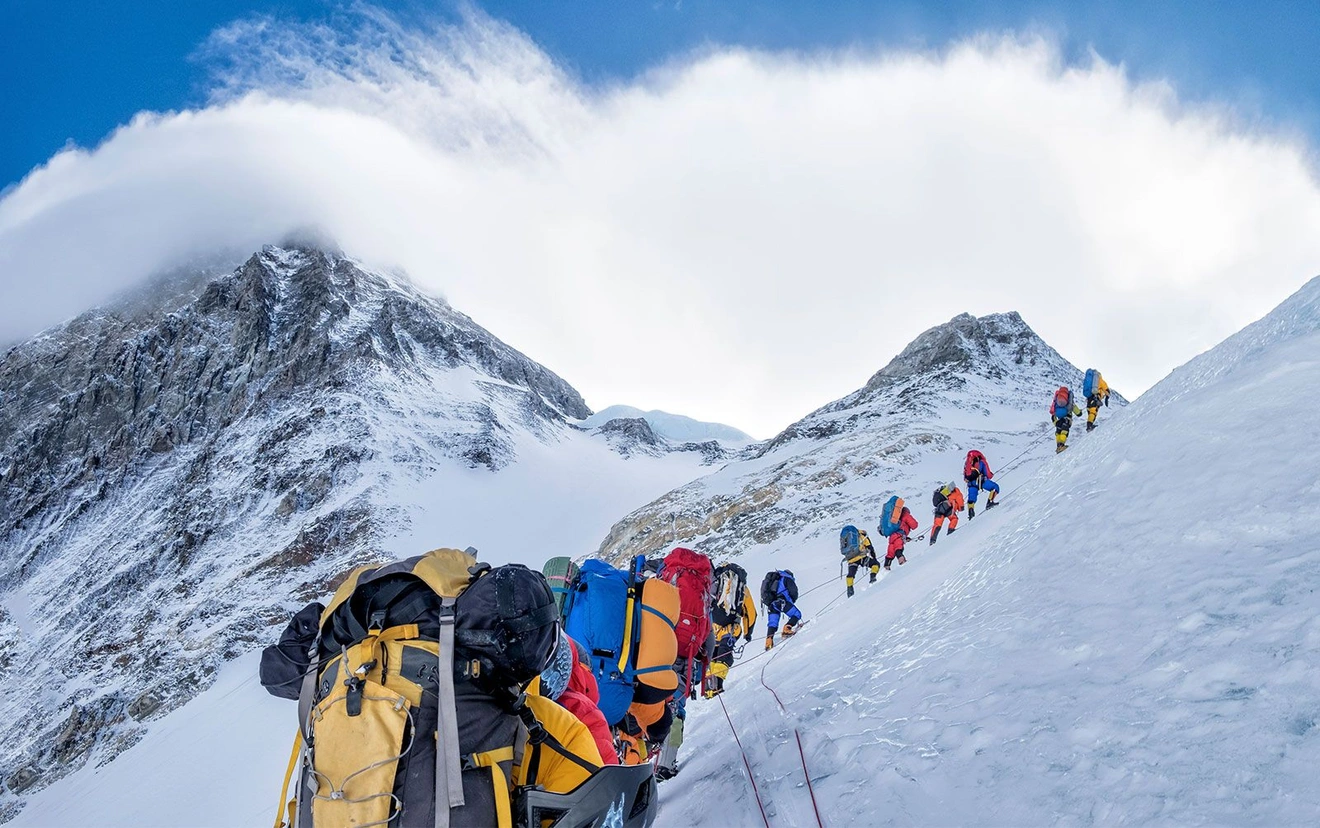
A lot of people have died while trying to conquer Mount Everest.
The Bodies on the Trail
Driven by the desire to conquer the summit, hundreds of climbers have lost their lives on their first attempt, forever becoming part of the mountain’s frozen landscape. At 8,848 meters (29,029 feet), Everest is a dream destination for thousands of mountaineers. The first people to reach the summit on May 29, 1953, were New Zealand explorer Edmund Hillary and Tenzing Norgay of Nepal. Since then, an estimated 10,000 people have successfully summited from either the Nepalese or Tibetan side.
In recent years, however, the effects of climate change have thinned the ice and snow, exposing the bodies of hundreds of deceased climbers. Some have been there for decades, never returning home and destined to remain on the mountain forever.
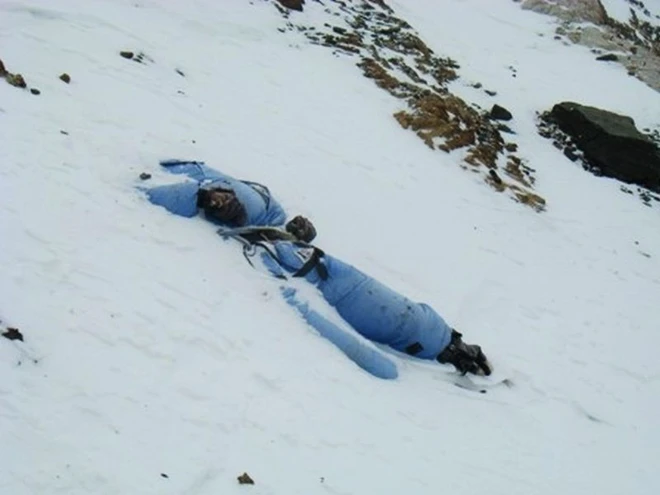
The bodies on Mount Everest
Among the climbers on Everest this year is a team with a different goal. They are a special group dedicated to cleaning up tons of trash, recovering bodies, and bringing the deceased down the mountain. During their most recent search, the team found five frozen, unidentified bodies, including one that was just a skeleton. This is part of a larger cleanup campaign by Nepal on Everest and its neighboring peaks, Lhotse and Nuptse.
Retrieving the bodies is a grueling process. Rescuers spend hours chipping away at the ice with axes and even use boiling water to loosen the rock-hard grip of the ice. “The effects of global warming are making bodies more visible as the ice and snow melt,” said Major Aditya Karki, a Nepalese army officer who leads a team of 12 soldiers and 18 climbers.
More than 300 people have died on the mountain since expeditions began in the 1920s, with eight deaths recorded this year alone. Many bodies remain, some still hidden under snow or swallowed by deep crevasses. Some of the most well-known bodies have been given nicknames based on their climbing gear, such as “Green Boots” and the “Sleeping Beauty.” For years, climbers have talked about “Green Boots,” a body found in a cave about 344 meters below the summit, identifiable by the climber’s bright green shoes. This body has even become a grim landmark for other climbers.
According to many experts, the decision of what to do with the bodies on the mountain is a personal matter, both difficult and expensive. “Most climbers want to be left on the mountain if they die. It would be disrespectful to remove their remains unless the body needs to be moved from the climbing route, or the family wants to bring them home,” said Alan Arnette, a renowned climber.
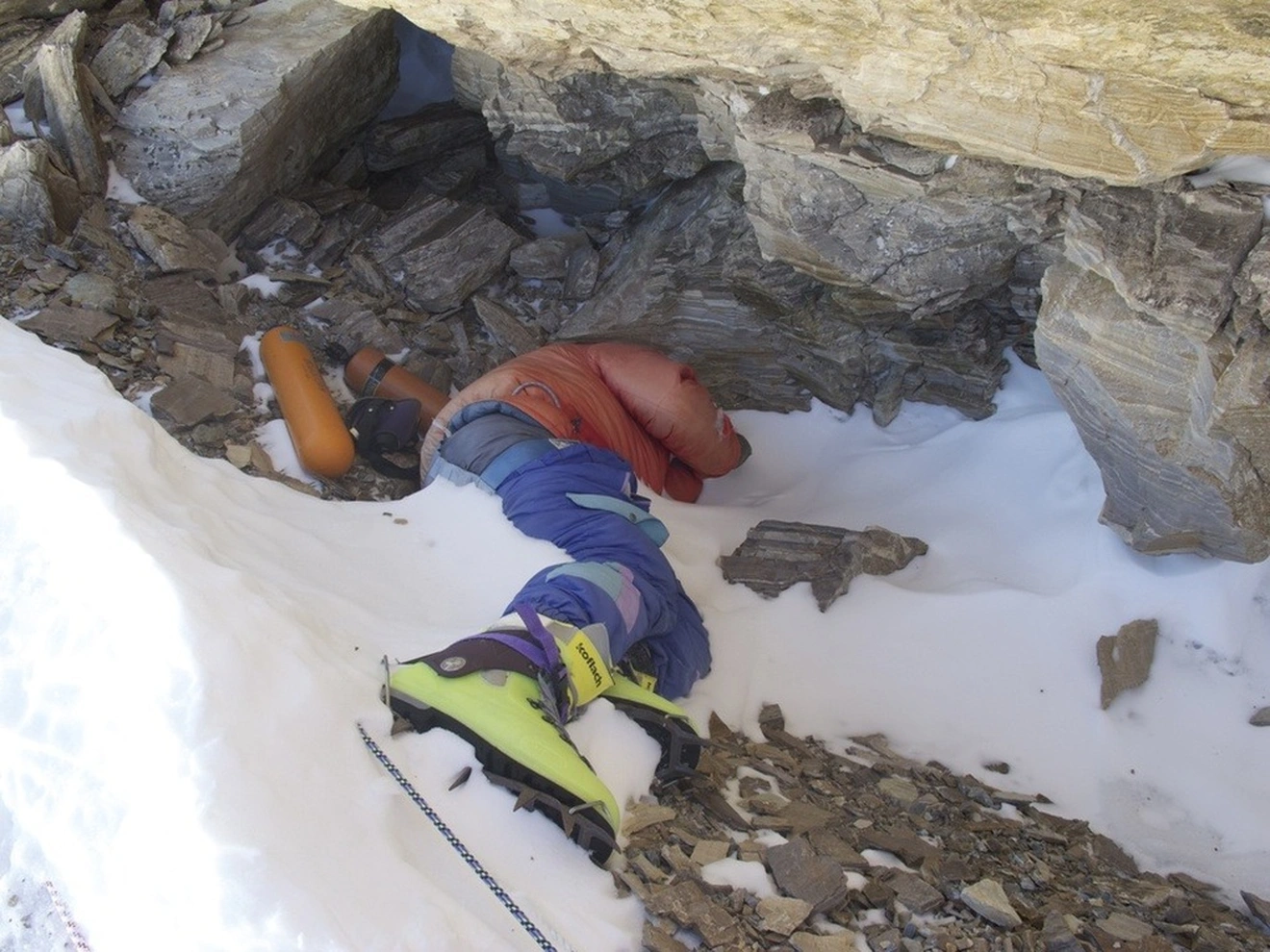
The famous “Green Boots” body on Everest (Photo: Tail Mango).
The Dangerous and Costly Task of Bringing Bodies Down
“Removing bodies from Everest is an extremely difficult but necessary task. If climbers see dead bodies on their way to the summit, it can have a negative psychological impact,” Major Aditya explained. Many bodies are located in the “death zone,” where the thin air and low oxygen levels make any rescue mission extremely dangerous.
Tshiring Jangbu Sherpa, who led a recent body retrieval team, said it took his crew 11 hours to pull a body, covered in ice and snow from head to toe, out of its frozen state. Bringing the body down the mountain is an even greater challenge. Some of the bodies look almost perfectly preserved, still with their gear, carabiners, and safety harnesses. However, recovering bodies at such high altitudes remains a highly debated issue within the climbing community. A single body can weigh up to 100 kg (220 lbs). At such extreme altitudes, the ability to carry heavy loads is severely diminished, requiring up to eight rescuers for just one body.
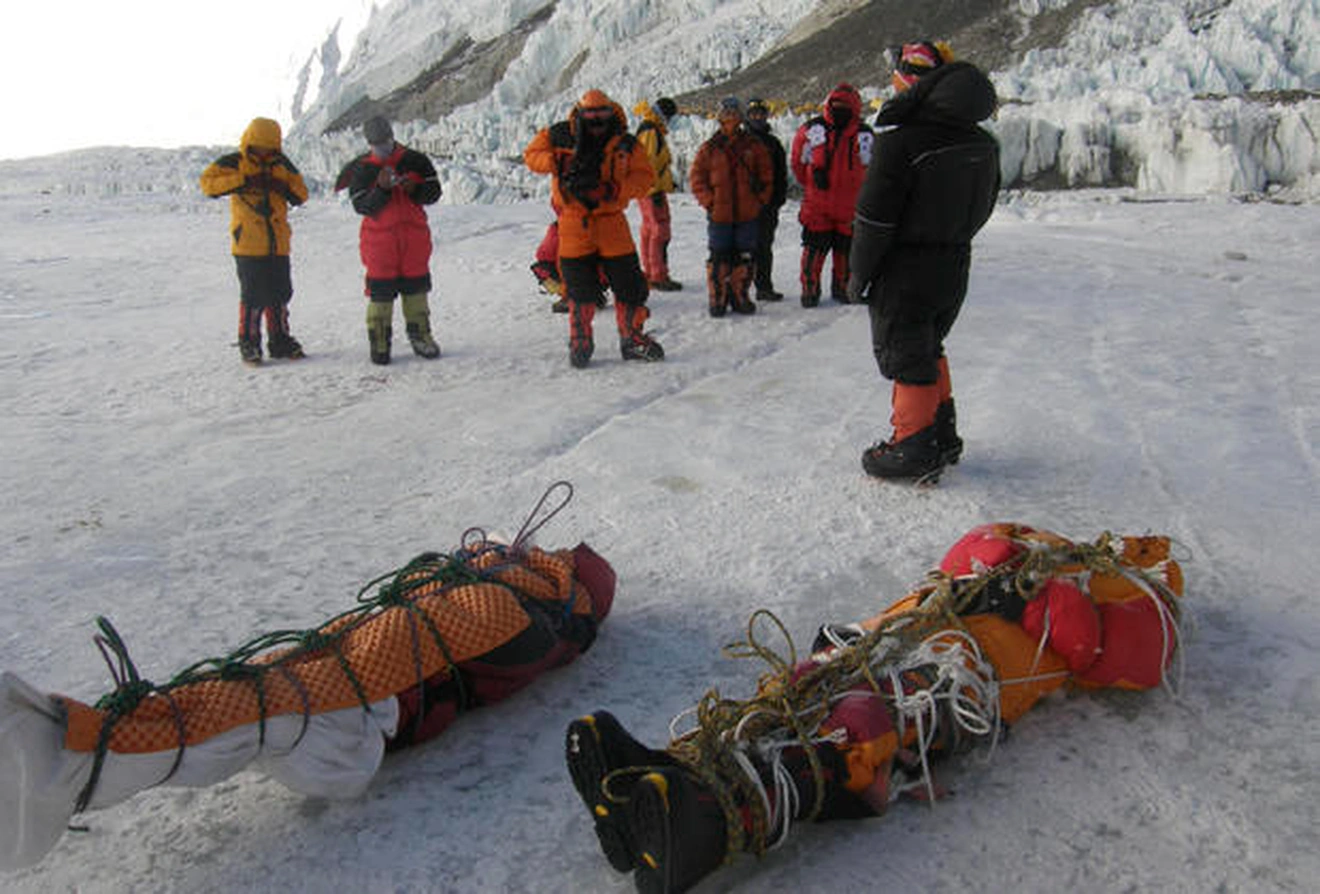
Bringing the bodies down the mountain (Photo: AFP).
“No matter how difficult it is, we have to bring as many bodies down as possible. If we leave them all there, the mountain will soon become a graveyard,” Tshiring said. According to Rakesh Gurung, an official with Nepal’s Ministry of Tourism, once bodies are brought down, they are taken to Kathmandu for identification. Unidentified bodies may be cremated.
